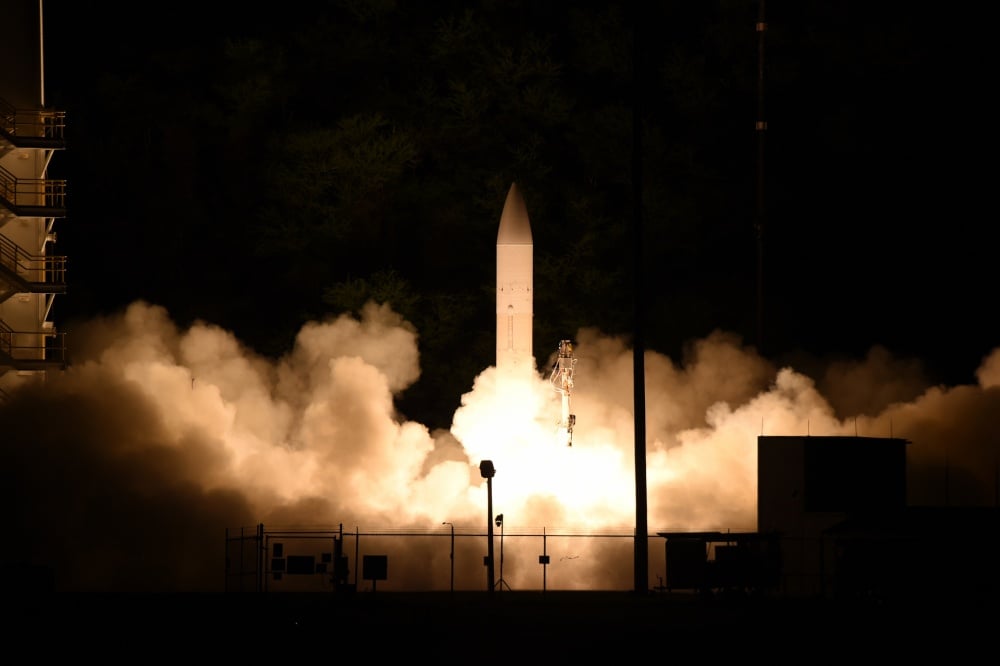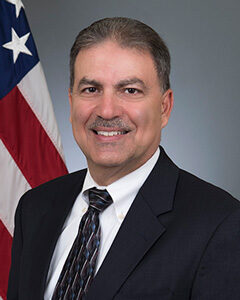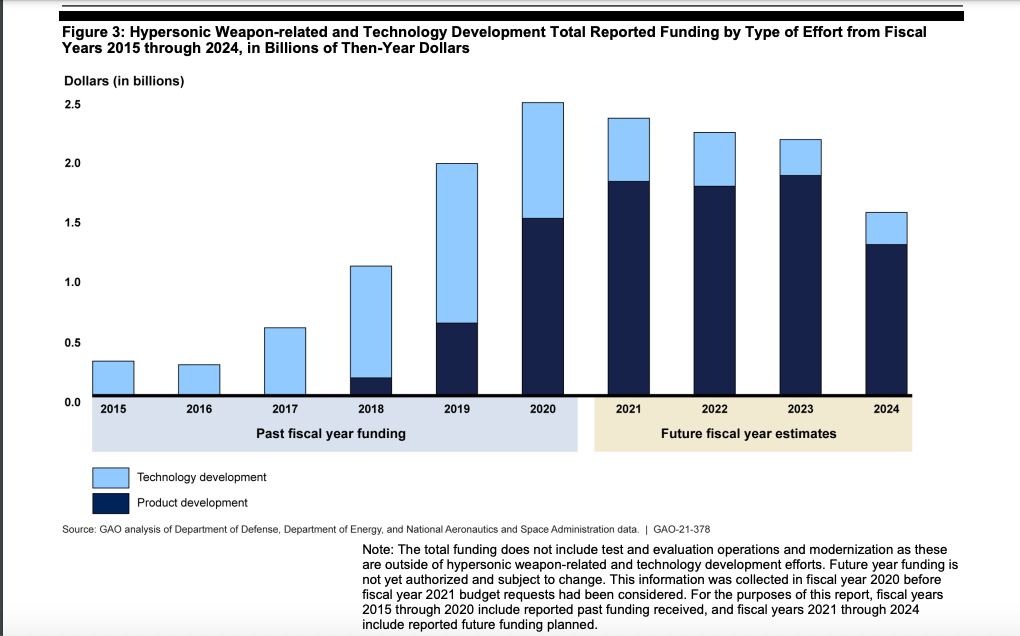
Launch of Army-Navy Common-Hypersonic Glide Body (C-HGB) in Hawaii on March 19, 2020.
WASHINGTON: The Pentagon’s principal director for hypersonics tells Breaking Defense he’s commissioned a team of experts to put together a best engineering practices guide. The goal is to take lessons learned throughout the hypersonics community and help maximize the success of future flight tests.
“I don’t want to get into any specifics,” Mike White told me, “but some of the challenges we’ve had so far getting to flight have been, in certain instances, avoidable.

Michael White
“Through successes and failures, the hypersonics community has gained a tremendous amount of experience over the last decade,” White emphasized in an exclusive interview. “Much of that experience has been through the OSD-led, multi-service Conventional Prompt Strike (CPS) program, and much of that has been through a careful balance of modeling & simulation, ground testing and flight testing. That said, there have been lessons learned from other hypersonics R&D activities beyond CPS.”
“Almost all of the programs have experienced flight test related setbacks not directly related to the hypersonic technologies under test,” he said.
Yes, White acknowledged, flight tests at over five times the speed of sound are risky. It’s difficult for computer models and wind tunnels to replicate the sheer complexity of what happens at extreme velocities, and sometimes you learn something the hard way, through a failure in flight.
“Ideally, when you fly, it’s simply to confirm what you already know from ground testing,” White told me. “With hypersonics, it’s very hard to replicate the conditions on the ground, and we recognize we’re taking risks in order to accelerate learning. So there will be failures, and we accept that – but that failure has to be because we learn something new, not because we didn’t do some standard engineering practice right.”
So, to improve system engineering of flight systems across all the military’s multiple hypersonics programs, “I picked people with lots of experience in flight testing, experts from across organizations, to create a flight test best practices team to pull together a collection of engineering best practices,” White said. “They’re right now in the process of pulling that together.” This compendium of best practices will be based on what worked well and what didn’t.
This new guidebook won’t affect flight tests scheduled for the next few months, he said – those are already too far along. He expects to have a first draft for review by September. After that, the guidebook will be continually updated as the various hypersonics programs learn and new best practices evolve.
The guidebook, in turn, is part of White’s wider push to share engineering best practices from across the rapidly growing hypersonics enterprise. After decades of experiments run by government laboratories and associated R&D organizations, he emphasized, the Pentagon is now moving rapidly to build prototypes of actual weapons – and ramping up production requires a factory, not a lab.

Investments in hypersonics have soared — and shifted from experimentation to prototyping. SOURCE: GAO
The labs that developed hypersonic concepts have accumulated a wealth of knowledge and experience, White said, and it’s crucial to transfer that Intellectual Property (IP) and experience to the private companies that are starting to build hypersonic weapons at scale. Conversely, the private companies have a wealth of general expertise in engineering complex weapons systems, which will be essential to producing affordable hypersonic weapons at scale.
“It’s important, imperative, that the government purposefully implement a strategy that allows the IP flow from government to industry,” White told me, “and that industry takes advantage of their experienced weapons systems engineers and purposefully implement weapons systems engineering rigor in everything we do, particularly when we go to flight test.”
Collaboration within the government is also important, White said. (A GAO report released this week called for greater coordination). While he and the heads of the three services hypersonics programs have great relationships working today – that’s White, Army Lt. Gen. Neil Thurgood, Navy Vice Adm. Johnny Wolfe, and Air Force Lt. Gen. Duke Richardson – the same people won’t be in the same jobs forever.
So, with their successors in mind, “we need to write down what the responsibilities are,” White told me. “We are in the process of developing a document capturing the way we’re organized and codifying that in writing.”
White’s own office has gained additional influence from Sec. 217 of the latest National Defense Authorization Act, which further empowers the Pentagon’s R&D principal directors in the various modernization areas.
The Defense Department divides weapons development and fielding into two undersecretaries — research & engineering, where White works — and acquisition & sustainment. In essence, R&E builds small numbers of prototypes, those prototypes may be capable of combat; A&S does mass-production of weapons systems that transition to formal programs of record.
That division still stands, but Sec. 217 clarifies the role of White and the other Principal Directors. “We have now, in law, a designation of a senior official responsible for the Department-wide modernization in the various technical areas,” he said – namely the Principal Directors. The PDs set the overall strategy for weapons development across the Department, he said, and they have responsibility for ensuring the successful transition of any given technology from R&E to A&S.
The details of this will take some time to work out, White told me: “Our team is in the process of putting together a document that codifies how we execute … those roles and responsibilities.”
Norway’s top officer on his ‘biggest challenge,’ next frigate and new NATO neighbors
Gen. Eirik Kristoffersen, Norway’s Chief of Defense, talks to Breaking Defense about his plans for spending on new frigates and subs, the challenges of upgrading Norway’s “digital backbone” and refilling the military’s stocks.


























